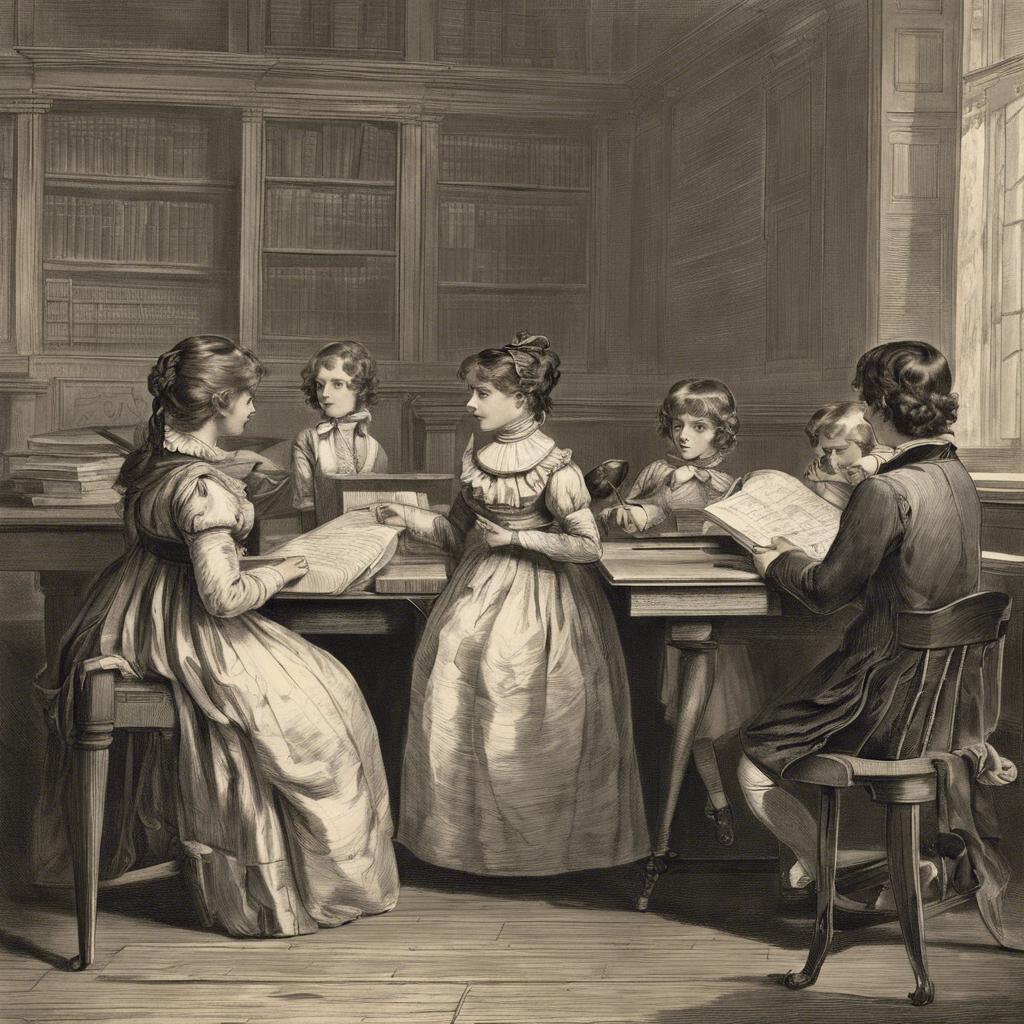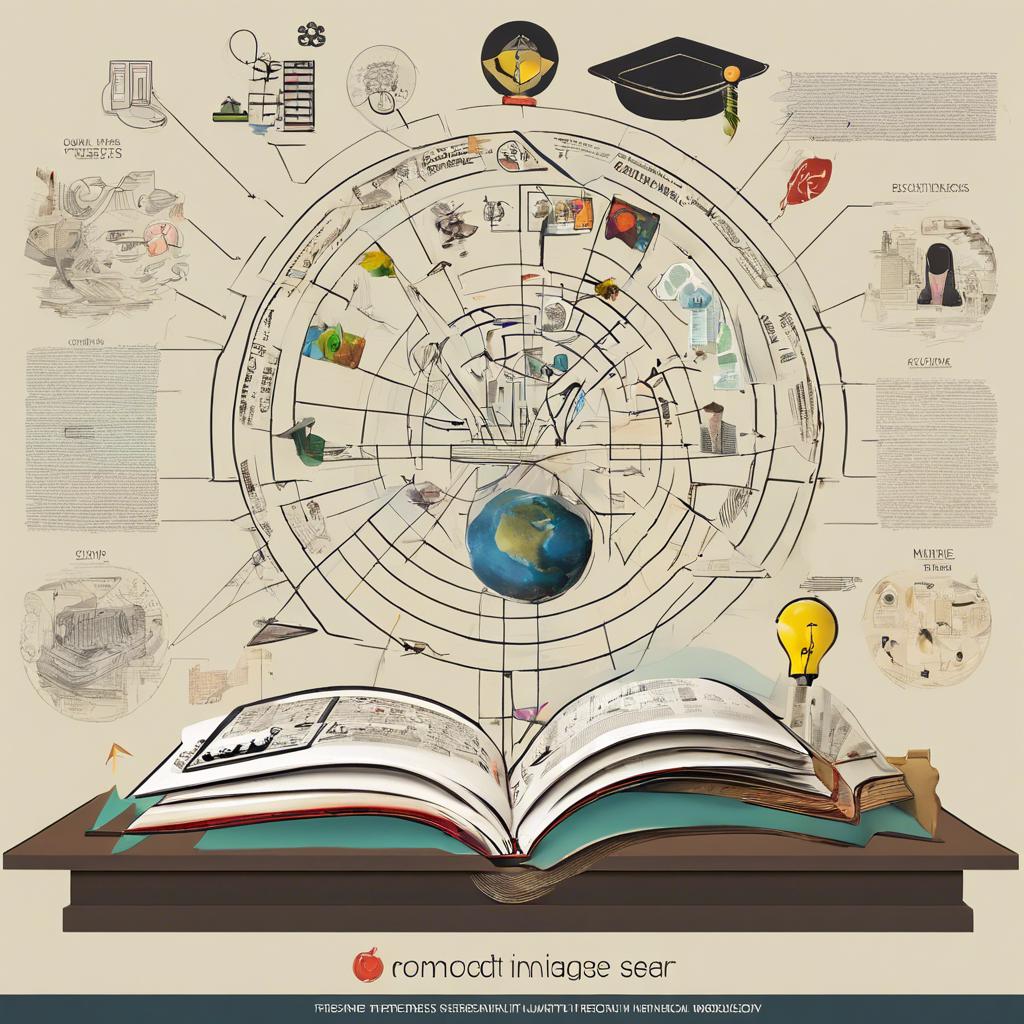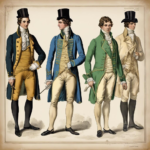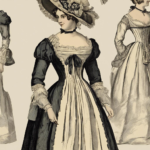During the Regency era, education underwent significant changes, reflecting the social and intellectual transformations of the period. From the emphasis on classical studies to the rise of private tutors and boarding schools, the education system in early 19th century England played a crucial role in shaping the minds of the next generation. In this article, we will explore the key aspects of Regency era education, examining the curriculum, teaching methods, and the impact of societal norms on the educational experience of children and young adults during this pivotal time in history.
Step Into the World of Cheryl Bolen
Dive into the enchanting stories of love, intrigue, and elegance set in the Regency Era. Cheryl Bolen's novels offer timeless romance and captivating tales that will leave you wanting more.
Explore Cheryl Bolen's Books Now
Regency Era Education: A Glimpse into Aristocratic Schools
In aristocratic schools during the Regency Era, education was a privilege reserved for the elite class. These exclusive institutions were designed to provide young nobles with a well-rounded education that would prepare them for their future roles as leaders in society. The curriculum at these schools was focused on academic subjects such as Latin, Greek, mathematics, history, and literature.
One of the key aspects of education in the Regency Era was the emphasis on etiquette and social graces. Young aristocrats were taught how to conduct themselves in social situations, how to dance, and how to engage in polite conversation. These skills were seen as crucial for success in the upper echelons of society, where one’s reputation and manners could open doors to important connections and opportunities.
Moreover, aristocratic schools during the Regency Era often had strict rules and discipline. Students were expected to adhere to a code of conduct that emphasized respect for authority and adherence to societal norms. Punishments for infractions could range from extra chores to corporal punishment, reinforcing the idea that obedience and conformity were valued traits in the aristocratic world.
The Classical Curriculum: Latin, Greek, and Humanities
In the Regency era, education was highly focused on the classical curriculum, which included the study of Latin, Greek, and humanities. This classical education was considered essential for young men of the upper class, as it was believed to cultivate a well-rounded and cultured individual.
The study of Latin and Greek was seen as foundational to a classical education. Latin was the language of the Roman Empire and continued to be the language of scholars and the Church, while Greek was the language of the ancient philosophers and playwrights. Students would spend hours translating and analyzing texts in these languages, honing their language skills and critical thinking abilities.
Alongside the study of Latin and Greek, the humanities were also a key component of the classical curriculum. Subjects such as history, literature, rhetoric, and philosophy were taught to provide students with a deeper understanding of the human experience and cultivate their moral and intellectual virtues. This well-rounded education was designed to produce individuals who were not only well-versed in the classics but also capable of engaging in meaningful discourse and contributing to society.
Record-Keeping and Assessment: The Role of Tutors and Governesses
In the Regency era, tutors and governesses played a crucial role in the education of children from wealthy and noble families. One of their primary responsibilities was to maintain detailed record-keeping of their students’ progress and achievements. This involved documenting the subjects taught, the assignments given, and the outcomes of assessments.
Furthermore, tutors and governesses were tasked with conducting regular assessments to evaluate the academic and personal development of their charges. These assessments helped in identifying areas of strength and weakness, allowing educators to tailor their teaching methods to suit the individual needs of each student.
By diligently carrying out their duties in record-keeping and assessment, tutors and governesses ensured that the education provided to children was effective and comprehensive. Their dedication to documenting progress and evaluating performance contributed to the intellectual and social growth of the next generation of nobility during the Regency era.
Recommendations for Recreating Regency-Era Education for Modern Learners
One way to bring the elegance and sophistication of Regency-era education to modern learners is through incorporating traditional subjects such as literature, history, and etiquette into the curriculum. By studying classic novels like Jane Austen’s “Pride and Prejudice” and learning about the customs and traditions of the regency era dti”>early 19th century, students can gain a deeper understanding of the time period.
Another recommendation is to introduce elements of the liberal arts education that was popular during the Regency era. This could include focusing on subjects like philosophy, art, and music, which were considered essential for cultivating a well-rounded individual. By encouraging students to engage in critical thinking and creativity, educators can help them develop the intellectual skills valued during this time period.
Furthermore, incorporating hands-on activities such as dance classes, calligraphy lessons, and period costume workshops can provide students with immersive experiences that bring the Regency era to life. By actively participating in these activities, learners can connect with the past in a meaningful way and gain a deeper appreciation for the cultural and social norms of the time.
Insights and Conclusions
the Regency era was a time of significant changes in education, with a focus on improving access to learning for all social classes. From the introduction of Sunday schools to the establishment of the National Society for the Education of the Poor in the Principles of the Established Church, the drive for educational reform was strong during this period. Though there were still many disparities in the quality and availability of education, the seeds of progress were firmly planted. As we reflect on the advancements made in Regency era education, we are reminded of the importance of striving for continued improvements in the field of learning for future generations.


